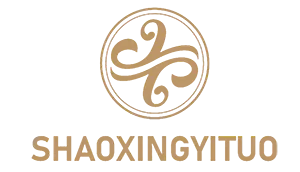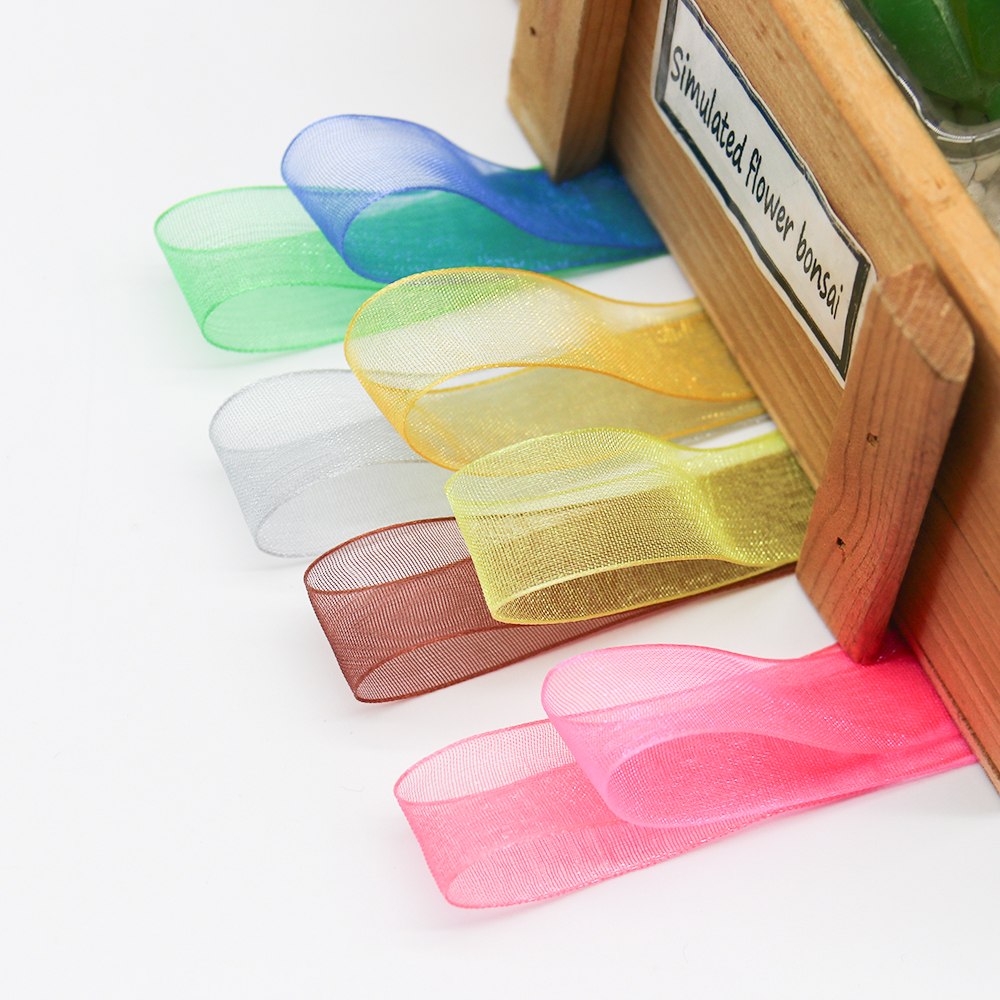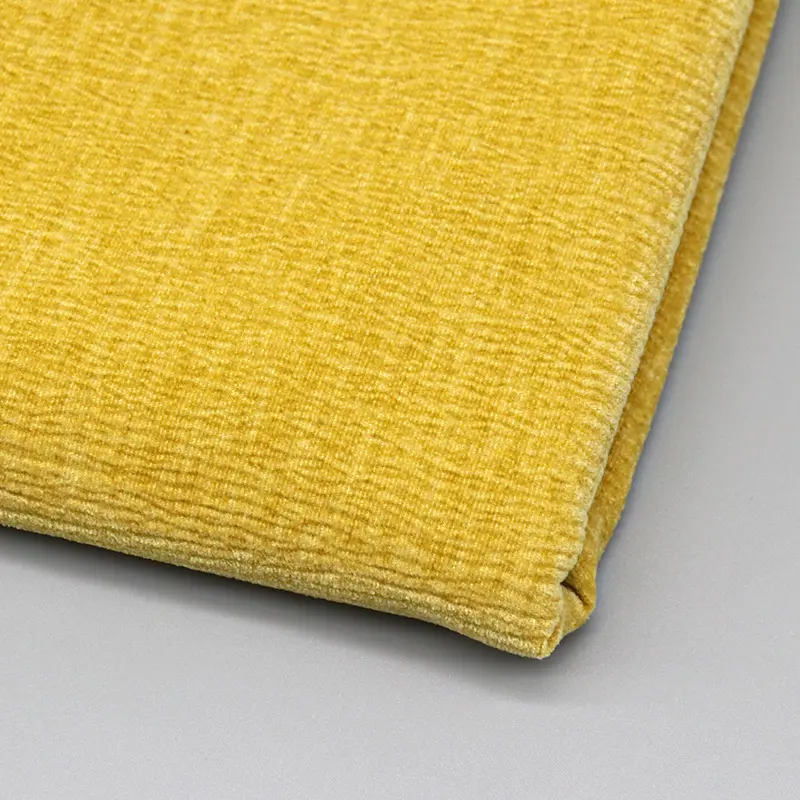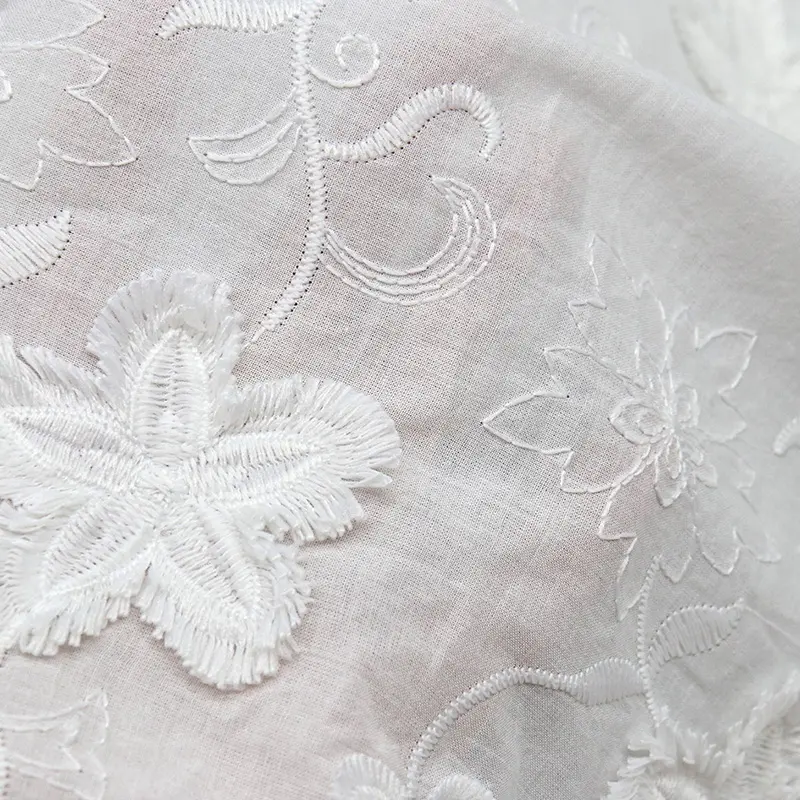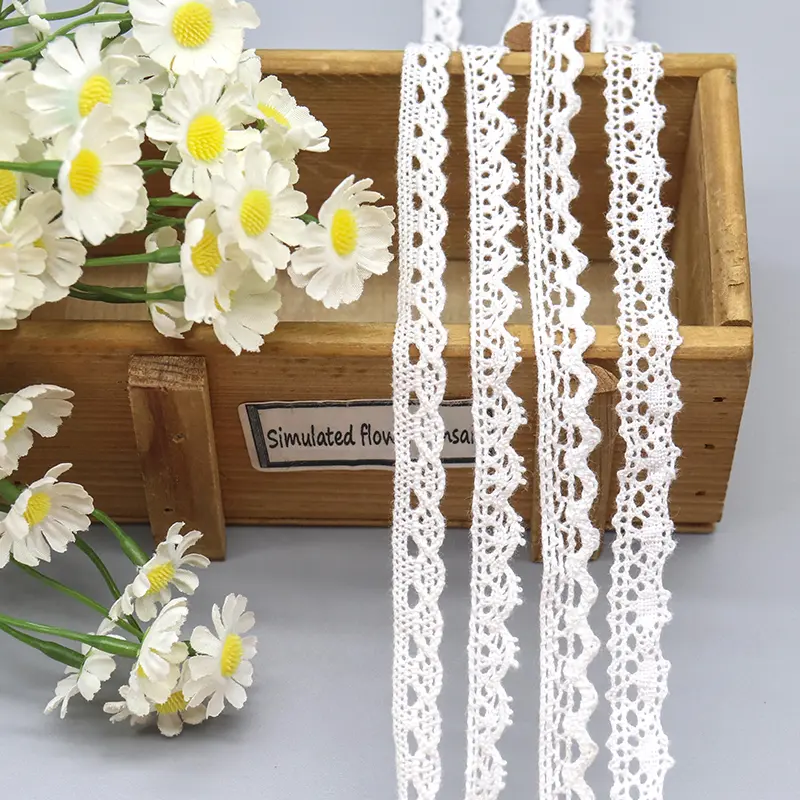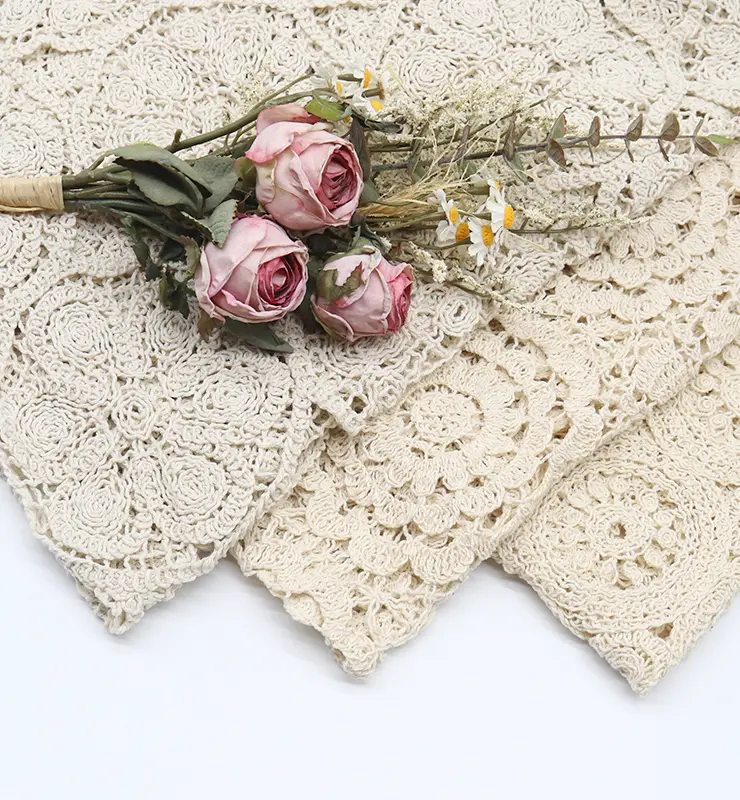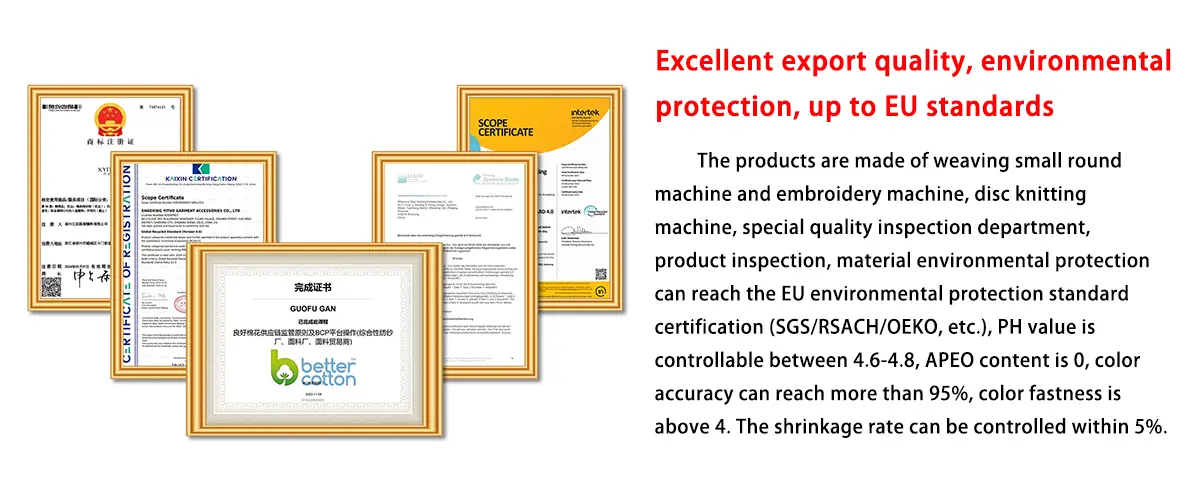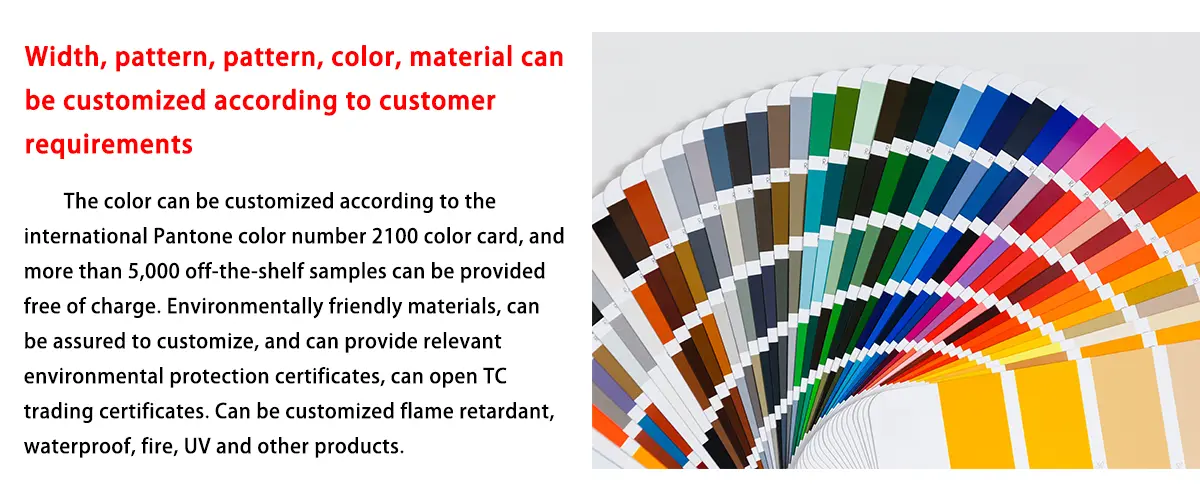The Production Processes And Procedures Of Embroidered Fabrics
I. Design stage
1. Pattern design:
- Designers design embroidered patterns according to market demands, fashion trends or customer requirements. Traditional hand-painting methods or computer-aided design (CAD) software can be used for digital design.
- The designed pattern should consider factors such as the feasibility of embroidery, color matching, and size ratio.
2. Selecting thread:
- Select appropriate embroidery thread according to the color and effect requirements of the pattern. Common threads include cotton thread, silk thread, wool thread, metal thread, etc.
- Different threads have different characteristics. For example, cotton thread is soft and comfortable, silk thread has high gloss, and metal thread has a unique texture.
II. Preparation stage
1. Fabric preparation:
- Select an appropriate fabric as the base for embroidery. Common Fabrics include cotton, silk, linen, chemical fiber, etc.
- The color, texture, and thickness of the fabric should match the embroidery pattern. At the same time, ensure the flatness and stability of the fabric.
- Pretreat the fabric, such as washing and ironing, to remove impurities and wrinkles.
2. Stretching on the frame:
- Stretch the fabric flatly on the embroidery frame to ensure that the fabric is tight and wrinkle-free. The size of the embroidery frame should be selected according to the size of the embroidery pattern and the specifications of the machine.
- Manual stretching frames or automatic stretching frame equipment can be used to ensure uniform tension of the fabric.

III. Embroidery stage
1. Programming:
- If using a computerized embroidery machine, the designed pattern needs to be converted into a program recognizable by the machine. Through embroidery software, set parameters such as embroidery stitch, thread color, stitch distance, and speed.
- During the programming process, pay attention to the rationality of the stitch and the accuracy of the pattern to ensure that the embroidery effect meets the design requirements.
2. Embroidery:
- Place the stretched fabric on the embroidery machine and start the machine for embroidery. According to the programmed instructions, the embroidery machine automatically controls the needle to embroider on the fabric.
- During the embroidery process, pay attention to observing the quality of embroidery, such as whether the thread color is correct, whether the stitch is uniform, and whether there are skipped stitches. Adjust the machine parameters or replace the thread in time to ensure the quality of embroidery.
IV. Post-processing stage
1. Thread removal:
- After the embroidery is completed, remove the fabric from the embroidery frame and remove the stitching left when stretching the frame.
- Be careful not to damage the fabric and embroidery pattern. Ensure that the fabric after thread removal is flat and clean.
2. Finishing:
- Finish the embroidered fabric, such as ironing, trimming thread ends, and removing impurities.
- According to needs, subsequent processing such as dyeing and printing can be carried out to enhance the aesthetics and practicability of the fabric.
3. Quality inspection:
- Inspect the quality of the embroidered fabric and check whether the embroidery quality, color, and size meet the requirements.
- If there are quality problems, repair or rework in time to ensure product quantity.
